A chat with Wander Meijer on Kadoorie Farm & Botanic Garden and everything green
TMS sat down with Wander Meijer, the Executive Director of KFBG, to talk about the organization's ethos.
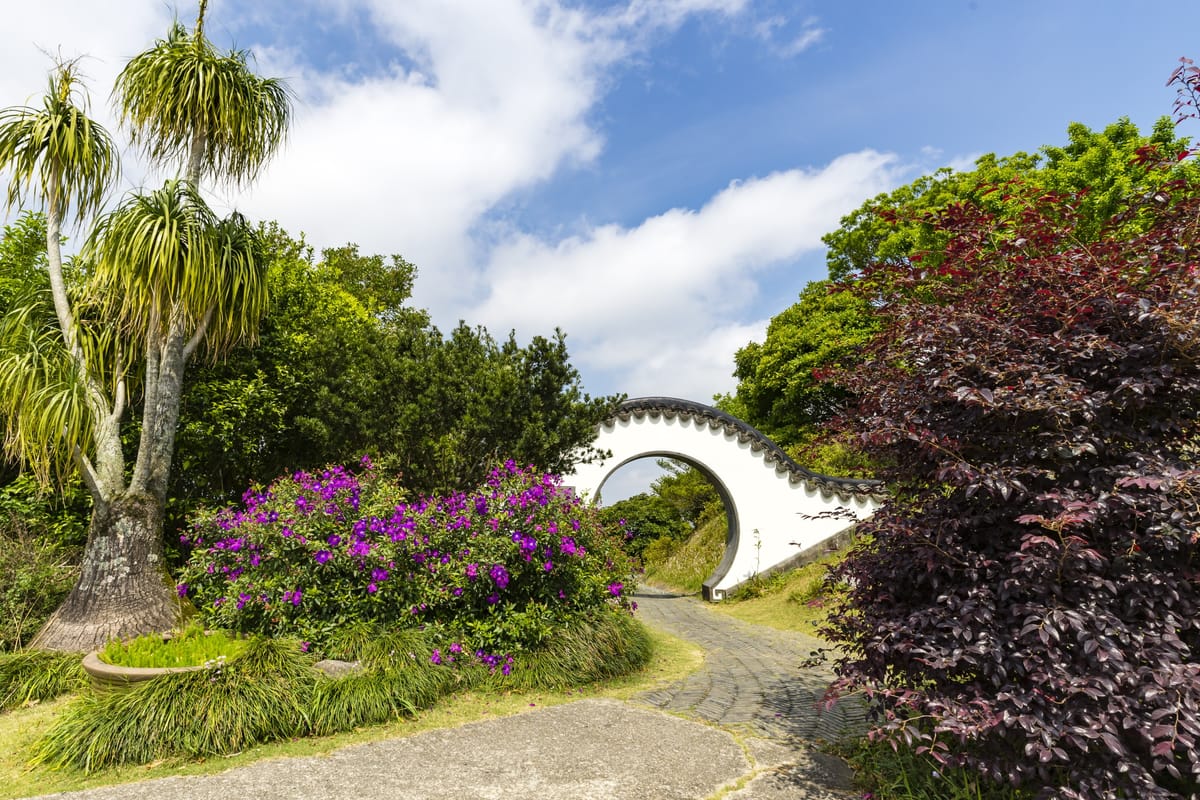
A few minutes every morning is all you need.
Stay up to date on the world's Headlines and Human Stories. It's fun, it's factual, it's fluff-free.
Nestled on the northern slopes of Tai Mo Shan, Hong Kong's highest mountain, is Kadoorie Farm and Botanic Garden (KFBG), a sprawling 148-hectare haven that transcends the traditional notions of farming and botanical gardens. Established in 1956 as the Kadoorie Agricultural Aid Association, its initial mission was to support villagers and immigrants by supplying livestock, agricultural products and loans. But, KFBG quickly evolved beyond simply a conventional farm, eventually adopting a holistic approach that aligns agricultural practices with nature conservation.
KFBG's commitment now extends even beyond agriculture and conservation – it serves as an educational beacon advocating a holistic approach to learning. Emphasizing the interconnection of humans and nature, the farm promotes the integration of several ecological domains, such as sustainable living, conservation, scientific research and wildlife rescue. The team at KFBG recognizes that separation and disconnection lie at the heart of the current global environmental, economic and social crisis. Their educational philosophy focuses on nurturing qualities like compassion, creativity and awareness to help people understand their unique roles within the web of life.
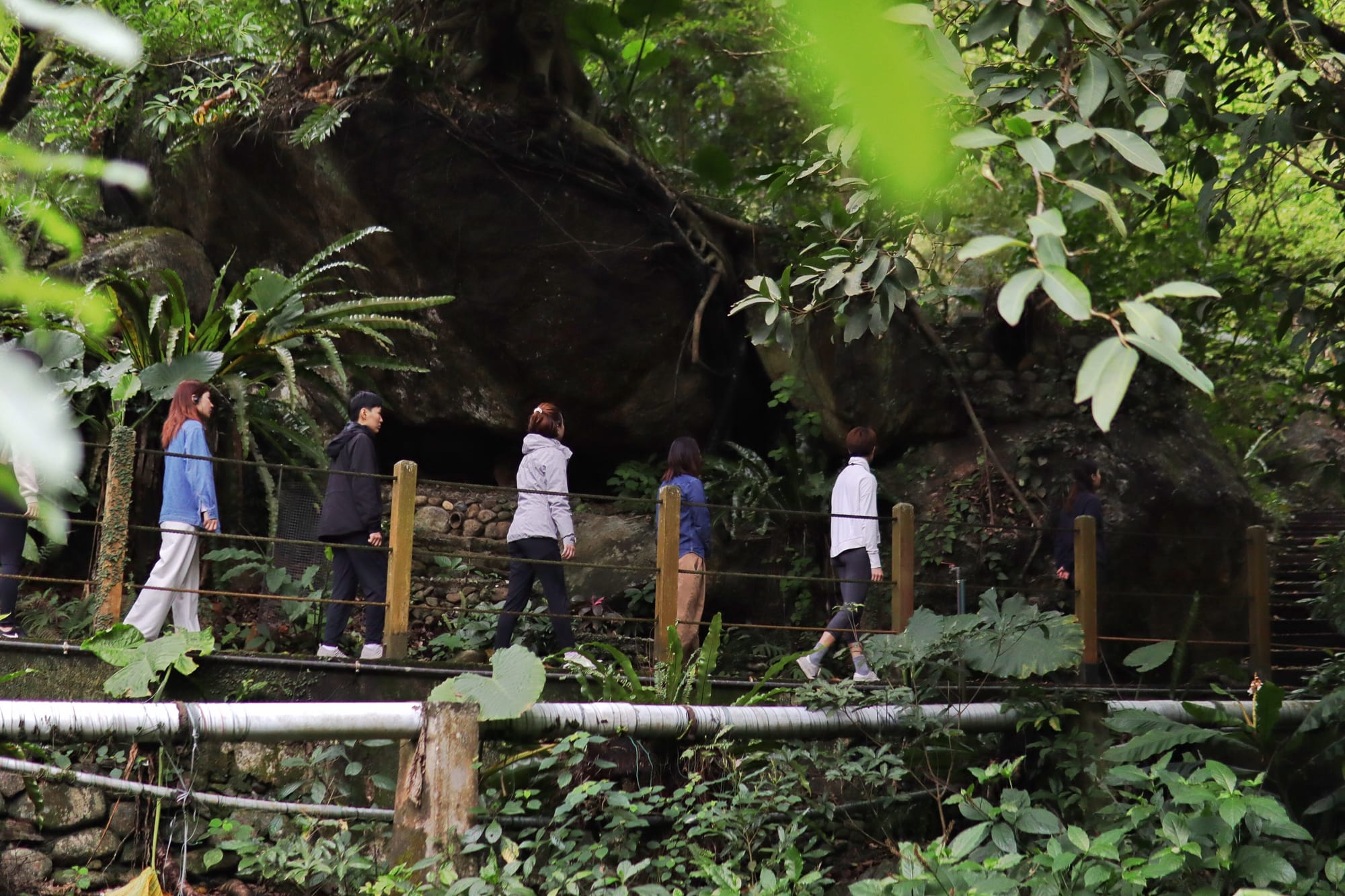
Beyond education and agriculture, KFBG is a trailblazer in wildlife conservation. The Fauna Conservation Department runs different programs aimed at protecting local wildlife and addressing the challenges posed by the illegal wildlife trafficking of exotic species. The Wild Animal Rescue Centre (WARC) within KFBG serves as a lifeline for injured or trafficked animals. Over the years, the center has rescued more than 74,000 animals, successfully releasing half back into the wild or providing them with suitable homes.
TMS sat down with Wander Meijer, the Executive Director of KFBG, to talk about their efforts in ecological farming, conservation, education and everything green.
Wandering about nature
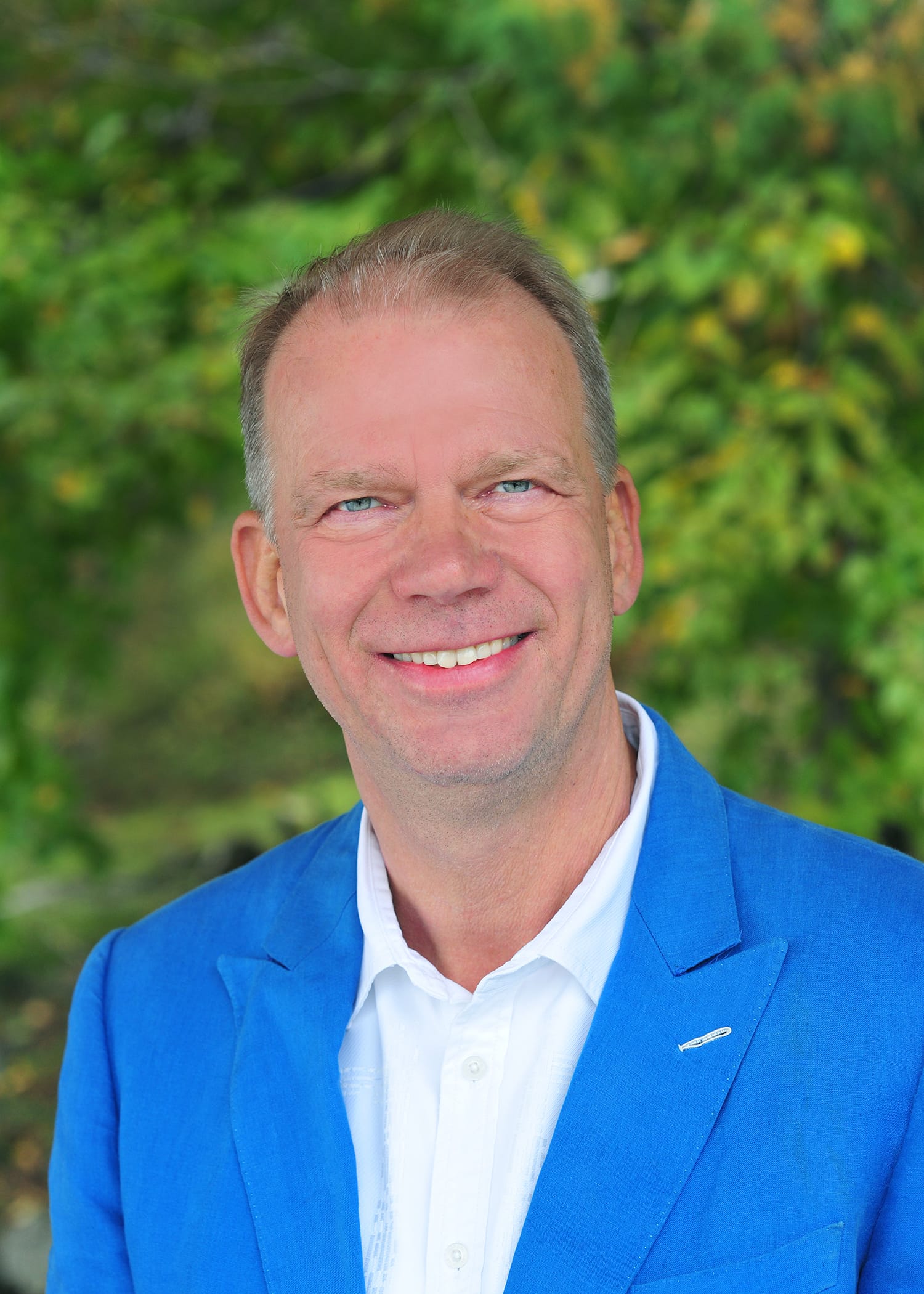
“In general, I start my story when I was born, like a lot of people. Because I was born on a farm, which is relevant for my current function,” Meijer says. He’s a straightforward, no-nonsense, practical and passionate man. Sharing the ancestral farm with his brother and sister, they transformed it into an ecological farm with their very own food forest and a fish pond. That’s the first relevant part to KFBG, insists Meijer.
While exploring Asia, Meijer fell in love with Hong Kong. First arriving in 1996, he returned shortly after in 1998 and then again in 2011. With a background in consultancy, Meijer turned his efforts to consultancy in nature conservation after observing Asia’s experience in illegal wildlife trade and sales of illegal bush meat. After working in Asia with large companies alongside the likes of the World Wildlife Fund (WWF) for over 20 years, Meijer decided that it was time to head back to the Netherlands, returning home with the thought of semi-retirement. But this didn’t last very long. Four months later, he received a call from KFBG asking him to come on board.
“I had been in Kadoorie Farm and Botanic Garden before with my sons when they were young, and I loved it. I believe it is a magical place in Hong Kong,” Meijer says. He knew he was the one for the job. After 12 to 15 rounds of talks later, both parties came to an agreement, and he was back in Hong Kong once more.
All about education
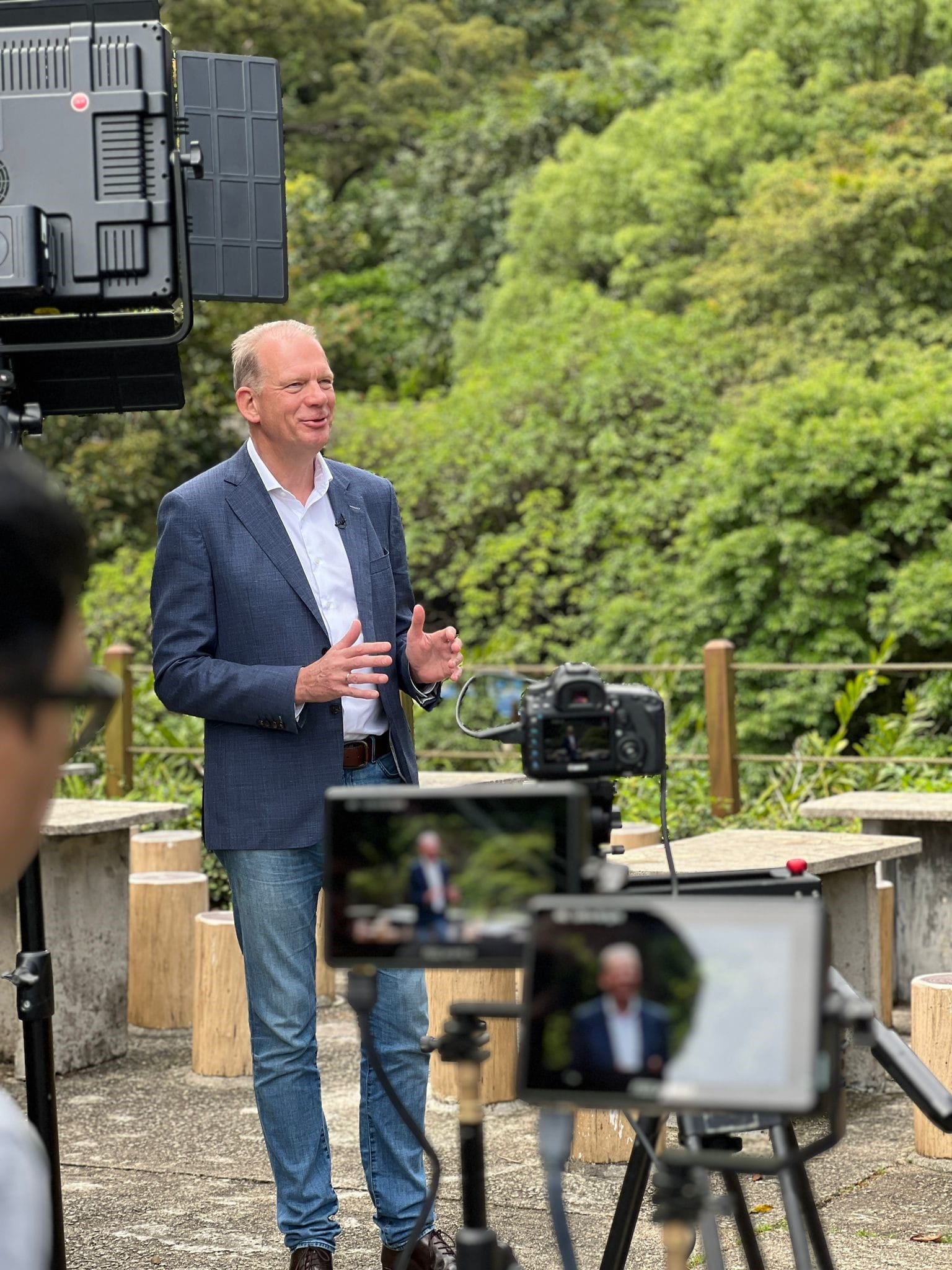
“We don’t like the ‘throw-away society,’” Meijer explains, meaning that instead of throwing away the old and broken, we should make and fix things. A big part of KFBG’s efforts is educating people on how to live more sustainably – with steps like reducing electricity, cutting down on travel, managing food waste and reducing carbon footprints.
Now KFBG has a department called Green Hub, based in an old police station in Tai Po in the New Territories, dating from 1899. It lay empty and in ruin until KFBG won a government tender to rebuild it to its former glory and repurpose the structure. It was renovated and rebuilt in a way considering older Chinese architecture where air flows naturally and air conditioning isn’t needed. It’s now used as a center for sustainable living where a team of 20 people work. They hold educational courses for adults and children who wish to learn more about sustainable living, and Meijer explains that they use food as a draw by inviting visitors to enjoy their locally sourced, healthy food. “We use food as a primary entrée to teach people because, in Hong Kong, food is one of the most important things,” he says. “And we use it to try and change people's behavior.”

Offering a range of vegan food and fermented dishes (which are examples of low-carbon cooking), Meijer underscores that people wouldn't even think about eating meat there. The Green Hub’s Eat Well Canteen aims to draw attention to the huge carbon footprint of the meat industry in an approachable way. Its main focuses are on eating seasonally, preserving harvests, growing food sustainably and teaching people to cook lightly and make their own seasonings, pestos, jams, dressings and more.
For the animals
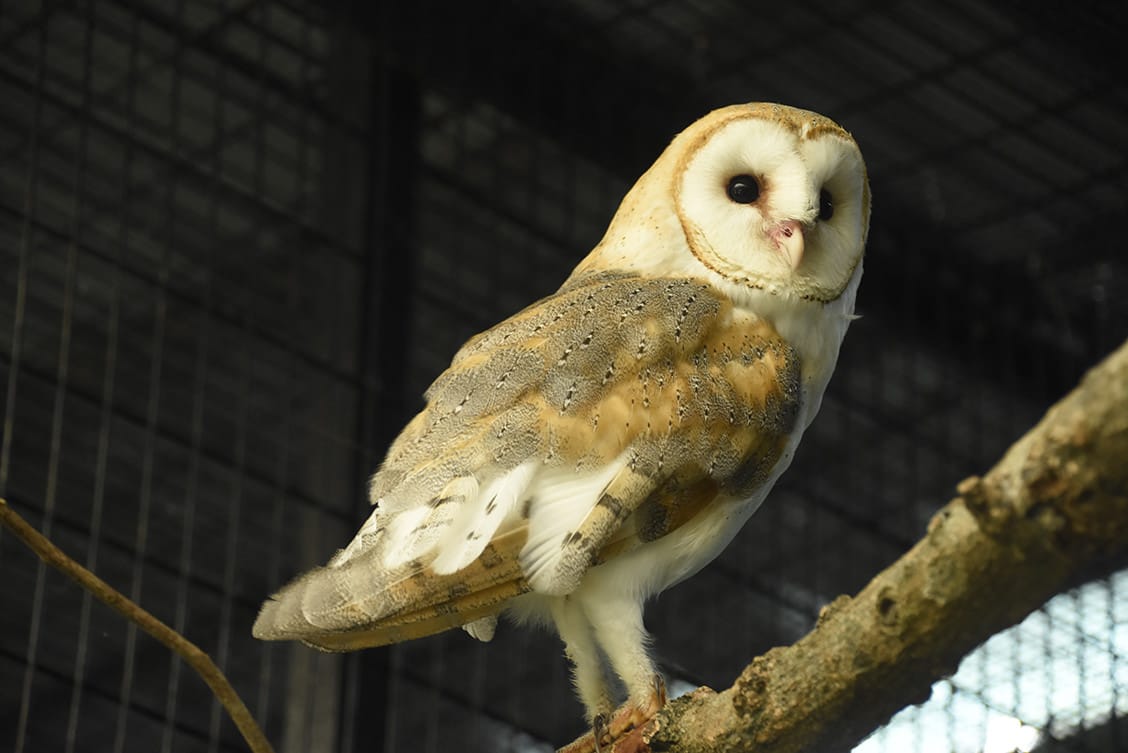
“Most kids in Hong Kong know KFBG because they’ve been here on a school trip,” he says. “We have about 1,000 animals on display.” These animals come into KFBG as rescued animals from the illegal wildlife trade or injured and brought over to be taken care of. KFBG now holds a range of rescued animals from kites to raptors to owls. Meijer clarifies that it's not a zoo, though, as it doesn’t collect the animals; it keeps them only because they have nowhere else to go. Releasing them back into the wild after healing in captivity for too long is dangerous for the animal, as it loses its ability to survive as it did before.
“Many people in Hong Kong have a kind of, we call, ‘ecophobia,’” Meijer says. “They are afraid of anything which moves or which lives in the wild.” The goal of KFBG is to educate people on wildlife and habitats to give them more exposure to nature. They want to let people know that hardly any animal is actually dangerous, especially if we simply leave them alone.
Not only does KFBG have a sanctuary for animals, but it also hosts beekeeping courses and has 50 beehives. Arguably one of the most important insect species, bees are among the world's most common pollinators for food crops and plants in nature. Without them, humans would lose a large availability and diversity of food.
“Everything is bringing back to our mission,” Meijer stresses. “Which is to harmonize our relationship with the environment, making sure that people don’t see nature as something that needs to be conquered or needs to be subdued, but to live in harmony with, as we are all part of nature.”
Reptile sanctuary
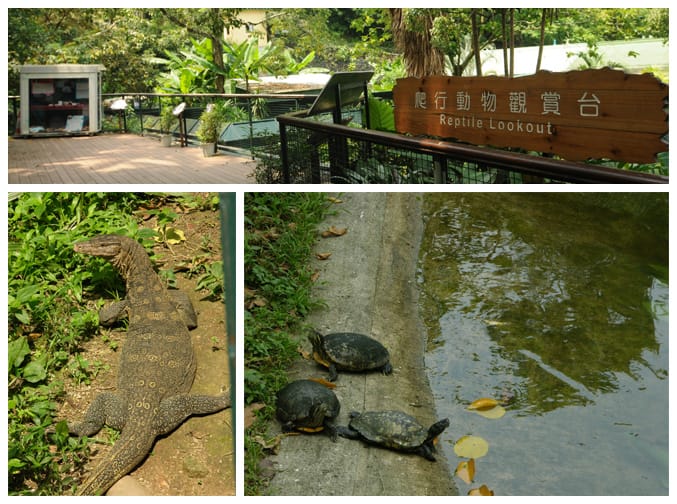
Among the animals KFBG cares for, snakes take a spotlight in Meijer’s mind. He explains to us that every year (mostly in the summer months), the farm receives about 2,000 snakes. In the short time they’re kept at KFBG, the nonvenomous get placed into blue boxes, and the venomous get placed into red boxes for sorting. Within 24 hours, they’re released back into the wild, close to the area where they were found and out of the way of humans. “I think it’s great for the nature of Hong Kong and how much people care nowadays about snakes,” Meijer says. “Once you work with animals, you learn to see the beauty.”
Turtles also frequently end up at KFBG. They’re one of the easiest animals to traffic, Meijer explains. They get put into boxes, as they’re small and compact, they don't make any sound, and they don't seem to suffer. Keyword – seem. “Of course, they suffer; it’s incredibly cruel,” he says dryly. The problem with receiving smuggled animals is that it’s often difficult to send them back to the country they came from, as illegal animals can’t be legally sent back. So, KFGB takes them in and cares for them.
The magic of Kadoorie Farm and Botanic Garden
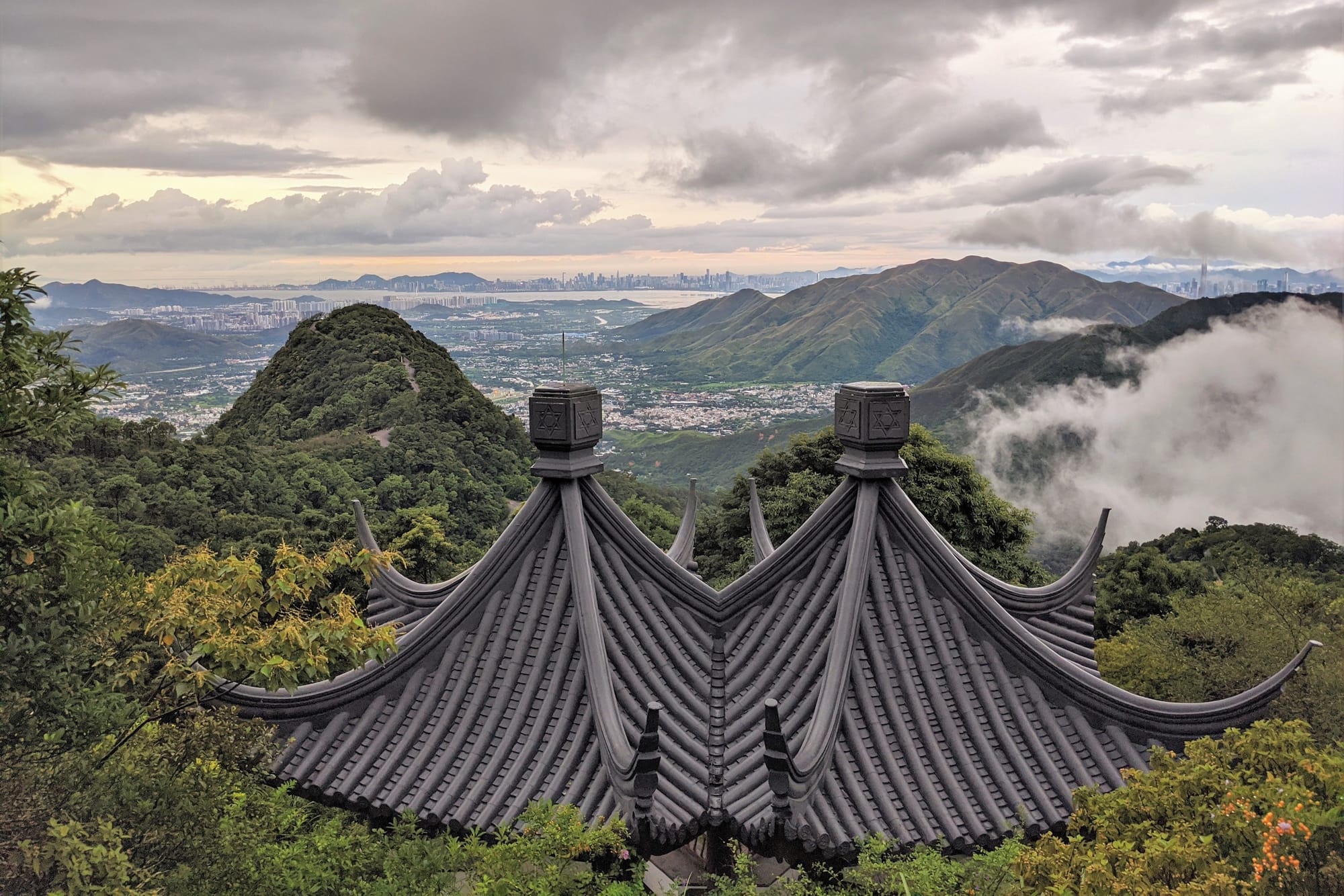
“One of the reasons why I love to work there is, of course, the nature; it’s the beauty, it’s the work we do,” Meijer says about how enamored he is with his job and how it aligns with his passion and values. Not only does KFBG rescue about 4,500 different animals a year and has a functioning farmland and a botanical garden, but it also holds retreats for people who wish to heal energetically through breathwork, meditative walks, spirituality and connecting with nature.
“We are spiritual but not religious,” Meijer explains. “We are connected through Mother Earth, aligned with the Gaia theory.” He explains that within KFBG nature reserve, there is Kwun Yam Shan, which is believed to be a sacred mountain with healing and mineral powers; it's thought to have power for people who believe in things beyond the ordinary. And KFBG’s values of spirituality extend to the people within the organization, allowing Meijer and his team to connect deeper and beyond day-to-day management issues.
KFBG is not just a farm. It’s a living, breathing testament to the symbiotic relationship between humanity and nature, groundedness and spirituality. As a provider of holistic education, nature conservation and regenerative agriculture, KFBG is committed to reshaping traditional learning and stands as a model for Hong Kong’s path to sustainable living.



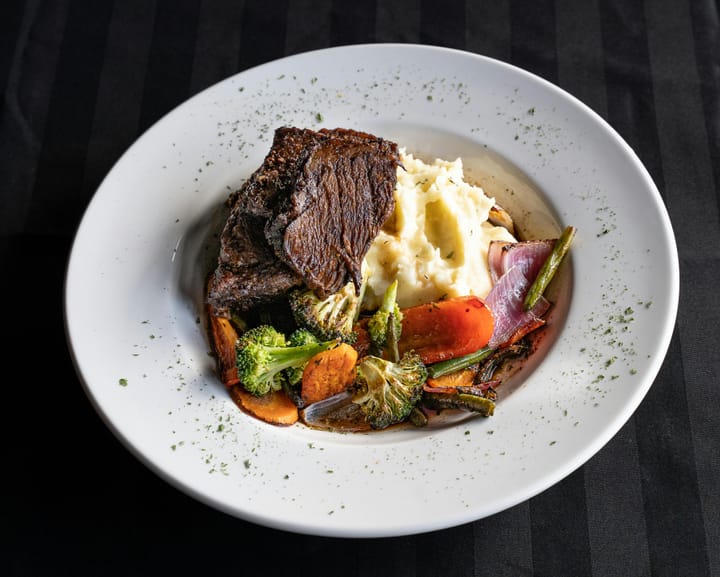
Comments ()